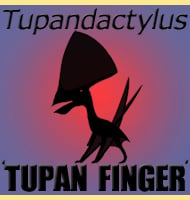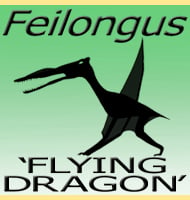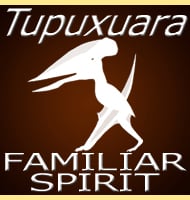Tupandactylus
In Depth The creation of the Tupandactylus pterosaur genus was born out of the reclassification of the Tapejara species, Tapejara imperator. This was done on the basis that Tapejara imperator displayed several notable differences to the Tapejara type species Tapejara wellnhoferi. A re-assignment for Tapejara navigans was also attempted for the new genus of … Read more


